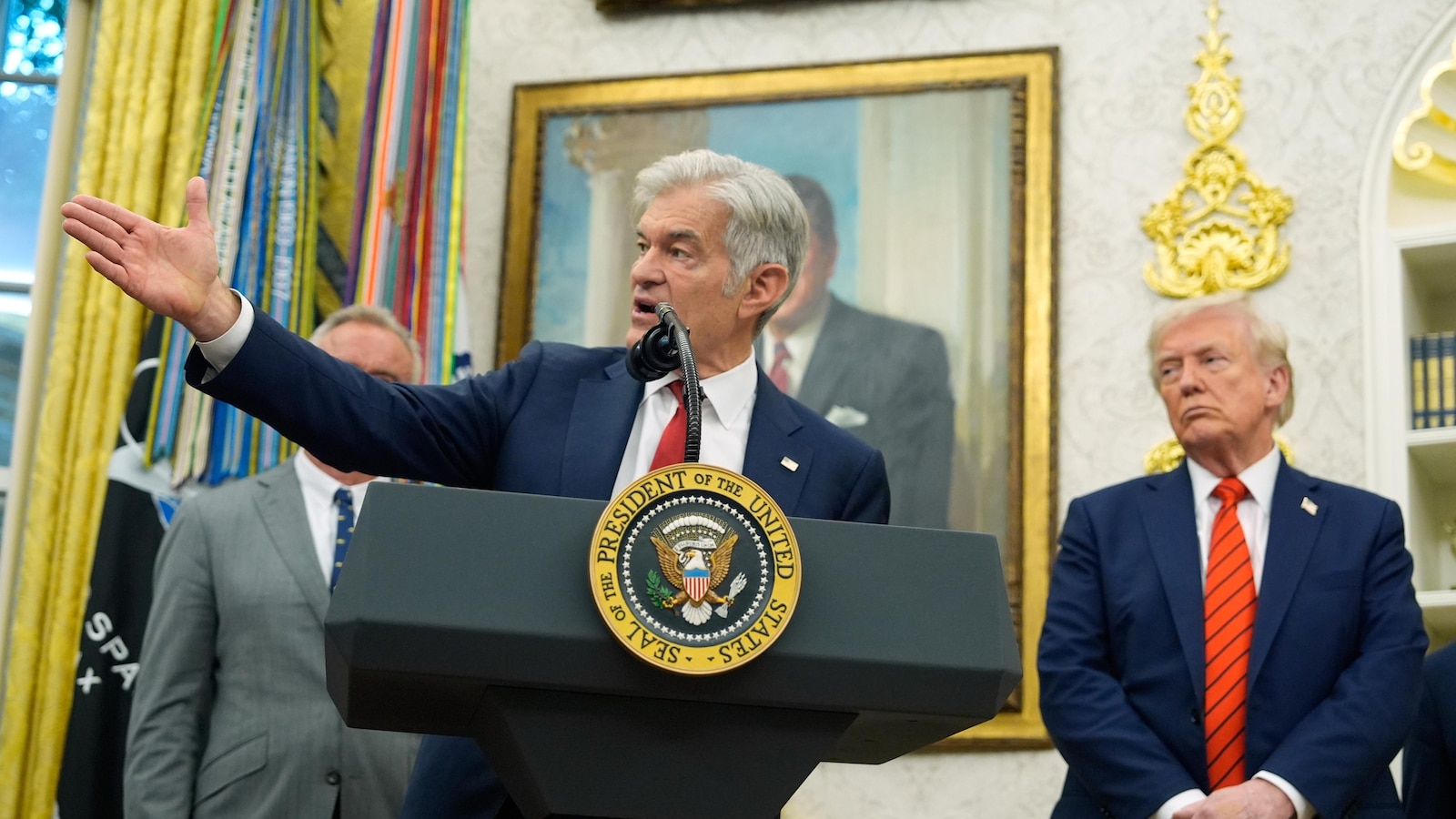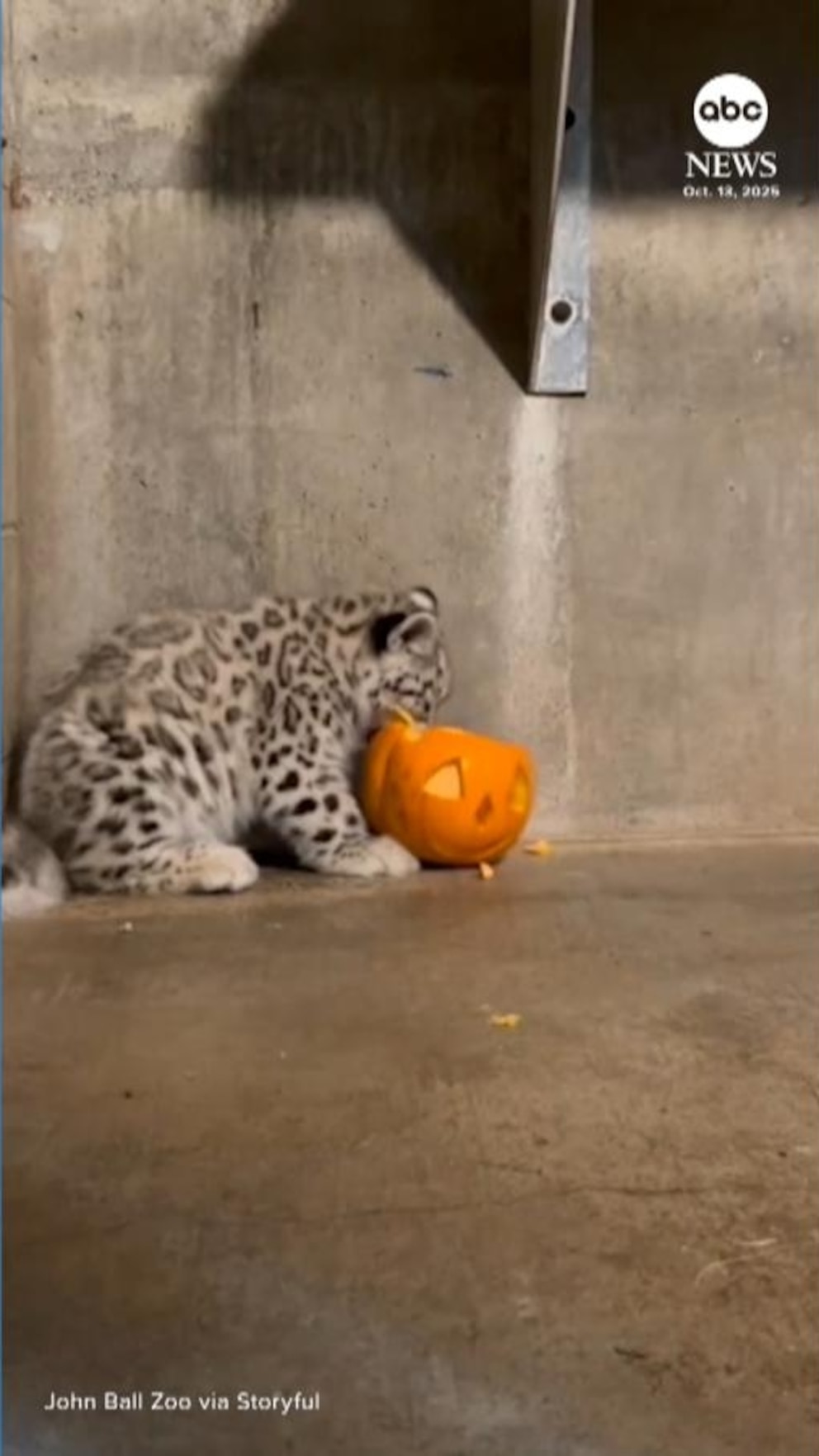What I Know about God
I’ve tried to strengthen my faith through earnest seeking, through more or less constant reflection and prayer, and in trying to do right. Isn’t that the essence of all religious teachings?
Scripture supports this logic, proclaiming that if you seek first the kingdom of God and God’s righteousness, all things will be added unto you (Matthew 6:33).
Following a path to God, knowing that it is good, is, in itself, rewarding. It is also, as the Psalmist says (119:97), surely wondrous to revel in God’s law, to think about it all day. Many days scriptural study has buoyed me up and illuminated my path.
It is also surely better to do right than to do wrong. Though I often make mistakes, my experience fits the reality the prophet Ezekiel proclaimed: “if a wicked man turns away from the wickedness he has committed and does what is just and right, he will save his life.” – 18:27. In Romans 2:7, Paul said it more sweetly: “To those who by persistence in doing good seek glory, honor and immortality, He will give eternal life.”
Doing the right thing just feels good of its own accord, and thus brings assurance that the ancient road laid out for all to walk is the right path. In the end, both faith and deeds are necessary to find and stay in touch with God on this path.
My Experience of God
As a final piece to consider about finding God, it may help if I share, as best I can, how I experience my connection with God in the moment. Before I share, however, a cautionary note is in order.
Religious people get in a lot of trouble when they read too much into their individual spiritual experiences or draw unjustified conclusions from them. Though God’s spirit can and does guide people, I encourage skepticism of those claiming to be moved or directed by God, as much nonsense occurs and is tolerated under this protective cultural and quasi-religious banner. The Baha’i teachings warn against the “vain imaginings” some consider divine, when really they’re only the manufactured mirages of the mind:
… they that tread the path of faith, they that thirst for the wine of certitude, must cleanse themselves of all that is earthly – their ears from idle talk, their minds from vain imaginings, their hearts from worldly affections, their eyes from that which perisheth. – Baha’u’llah, The Book of Certitude
… how can the human reality, which is limited, comprehend the eternal, unmanifest Creator? How can man comprehend the omniscient, omnipresent Lord? Undoubtedly, he cannot, for whatever comes within the grasp of the human mind is man’s limited conception, whereas the divine Kingdom is unlimited, infinite. But although the reality of Divinity is sanctified beyond the comprehension of its creatures, it has bestowed its bounties upon all kingdoms of the phenomenal world, and evidences of spiritual manifestation are witnessed throughout the realms of contingent existence. The lights of God illumine the world of man, even as the effulgences of the sun shine gloriously upon the material creation. – Abdu’l-Baha, The Promulgation of Universal Peace
However, inspiration often makes me feel that what comes to me is not from me. Well, the mistakes are mine – part of the limitations of my particular being at each moment in time – but my animation is part of a much larger process. I, and we, experience God through being, through our tie to life and to the Creator of all that is. This connection can be very exciting – the source of all gifts.
Some of what I know of God comes quickly in almost ecstatic bestowals. Surely, this is not rare. There seems to be little pre-condition other than a place of quiet reflection and a beseeching attitude. Here’s one of my experiences of God, as I reflect on what God is:
He’s the One
He is the Lord of dance and life, and yet He rewards those who sit still to find Him. He’s the One who floods the minds of those who leave their selves behind, who approach His Holy Seat with wonder, who fills them with rapturous tokens of His might and with thoughts that flow too fast to capture. He’s the One who rescues the seekers if they come too near too fast, who diverts them to a pleasant garden and says “Peace be upon you. Tarry here till you’re ready to go on.”
He’s the One who lets us know there is always more to know, more to experience and be. He’s the great life-giving Spirit. He’s the One who heals the broken hearts, who sustains the wounded. He’s the One who rewards good choice and lets us experience the consequence of the bad; He’s the Caring. He’s the One who protects purity with incomprehension of wrong. He’s the Author of the continuity beyond earthly time, and the One who lets us experience part of the next world in this one. He’s the One who tells us what life is, what death brings, and who causes us to celebrate because of it. He’s the One who will one day, lift us up, free our souls, and cause us to enter a new world, and He’s the one who is refreshing and refashioning this one, right now.
Of course, these perceptions don’t represent anything other than me trying to articulate what I’m feeling in a particular moment. However, these perceptions did not feel like they came wholly from me, but rather from an interaction in which some kind of a bestowal took place. I take that as evidence of humanity’s connection to the divine, of our being through His Being, and of our closeness to the Creator.
To the trusting, abundant guidance continually flows, amazing events transpire, and a greater awareness of divine guidance is continually revealed. I’ve known people who are so responsive to these kinds of mystical signals from the heavenly realm that they often completely change what they are doing to follow some sudden call unheard by others. Such friends make lousy lunch companions – when moved by the spirit they follow, often leaving you behind to eat alone. While I know these people are not perfect, their lives are rich and they teach us of the wonders found in following a divine call, in knowing that it is here now.
Perhaps that explains why religion has lasted so long throughout human history – because it works its magic within individuals. While the periodic appearances of God’s Chosen Ones are the most dramatic examples of God’s interventions in history, God’s bestowals seem to be an ever-present force working many small miracles all the time among everyday people. Contact with this divine force through prayer, meditation and study can connect us, bring us union, and also refashion our understanding of God’s plan as more of it is revealed.
Source link



































